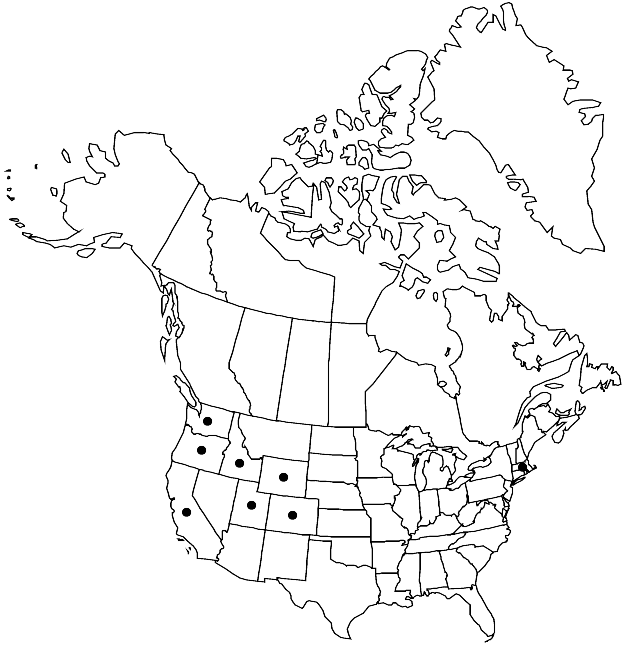Difference between revisions of "Euclidium syriacum"
in W. Aiton and W. T. Aiton, Hortus Kew. 4: 74. 1812.
imported>Volume Importer |
imported>Volume Importer |
||
| Line 1: | Line 1: | ||
{{Treatment/ID | {{Treatment/ID | ||
|accepted_name=Euclidium syriacum | |accepted_name=Euclidium syriacum | ||
| − | |accepted_authority=(Linnaeus) | + | |accepted_authority=(Linnaeus) W. T. Aiton |
|publications={{Treatment/Publication | |publications={{Treatment/Publication | ||
|title=in W. Aiton and W. T. Aiton, Hortus Kew. | |title=in W. Aiton and W. T. Aiton, Hortus Kew. | ||
| Line 53: | Line 53: | ||
-->{{#Taxon: | -->{{#Taxon: | ||
name=Euclidium syriacum | name=Euclidium syriacum | ||
| − | |authority=(Linnaeus) | + | |authority=(Linnaeus) W. T. Aiton |
|rank=species | |rank=species | ||
|parent rank=genus | |parent rank=genus | ||
| Line 68: | Line 68: | ||
|publication year=1812 | |publication year=1812 | ||
|special status=Weedy;Introduced;Illustrated | |special status=Weedy;Introduced;Illustrated | ||
| − | |source xml=https:// | + | |source xml=https://bitbucket.org/aafc-mbb/fna-data-curation/src/2e0870ddd59836b60bcf96646a41e87ea5a5943a/coarse_grained_fna_xml/V7/V7_886.xml |
|tribe=Brassicaceae tribe Euclidieae | |tribe=Brassicaceae tribe Euclidieae | ||
|genus=Euclidium | |genus=Euclidium | ||
Latest revision as of 23:36, 5 November 2020
Plants scabrous throughout, trichomes to 1 mm. Stems often ascending, (rigid), usually branched basally and near middle, (0.4–)1–4(–4.5) dm. Basal leaves similar to cauline. Cauline leaves petiolate [(0.2–)0.5–2(–2.5) cm] or (distal) sessile or subsessile; blade oblong, oblong-lanceolate, or elliptic, (1–)1.5–7(–9) cm × (3–)7–20(–30) mm (smaller distally), base cuneate, margins usually entire, dentate, or repand, rarely pinnatifid, apex acute or obtuse. Fruiting pedicels appressed to rachis, 0.5–1(–1.2) mm (ca. 1/2 as wide as fruit). Flowers: sepals 0.6–0.9 × 0.2–0.4 mm, sparsely pubescent; petals 0.9–1.3 × 0.1–0.2 mm, claw 0.4–0.6 mm; filaments 0.5–0.8 mm; anthers 0.1–0.2 mm. Fruits erect, 0.2–0.3 cm × 1.5–2 mm, 2-seeded; replum expanded, to 1.5 mm wide basally, narrowed to apex; style curved away from rachis, subconical, 1–1.8 mm, sparsely pubescent. Seeds 1.3–1.7 × 0.8–1.2 mm. 2n = 14.
Phenology: Flowering May–Jun.
Habitat: Waste places, roadsides, flats
Elevation: 0-2500 m
Distribution

Introduced; Calif., Colo., Idaho, Mass., Oreg., Utah, Wash., Wyo., Europe, Asia, introduced also in Australia.
Discussion
Euclidium syriacum is known in the flora area from relatively few collections. The Massachusetts record, Knowlton s.n. (GH), was collected nearly a century ago; it is not known if the species has persisted in that state.
Selected References
None.
